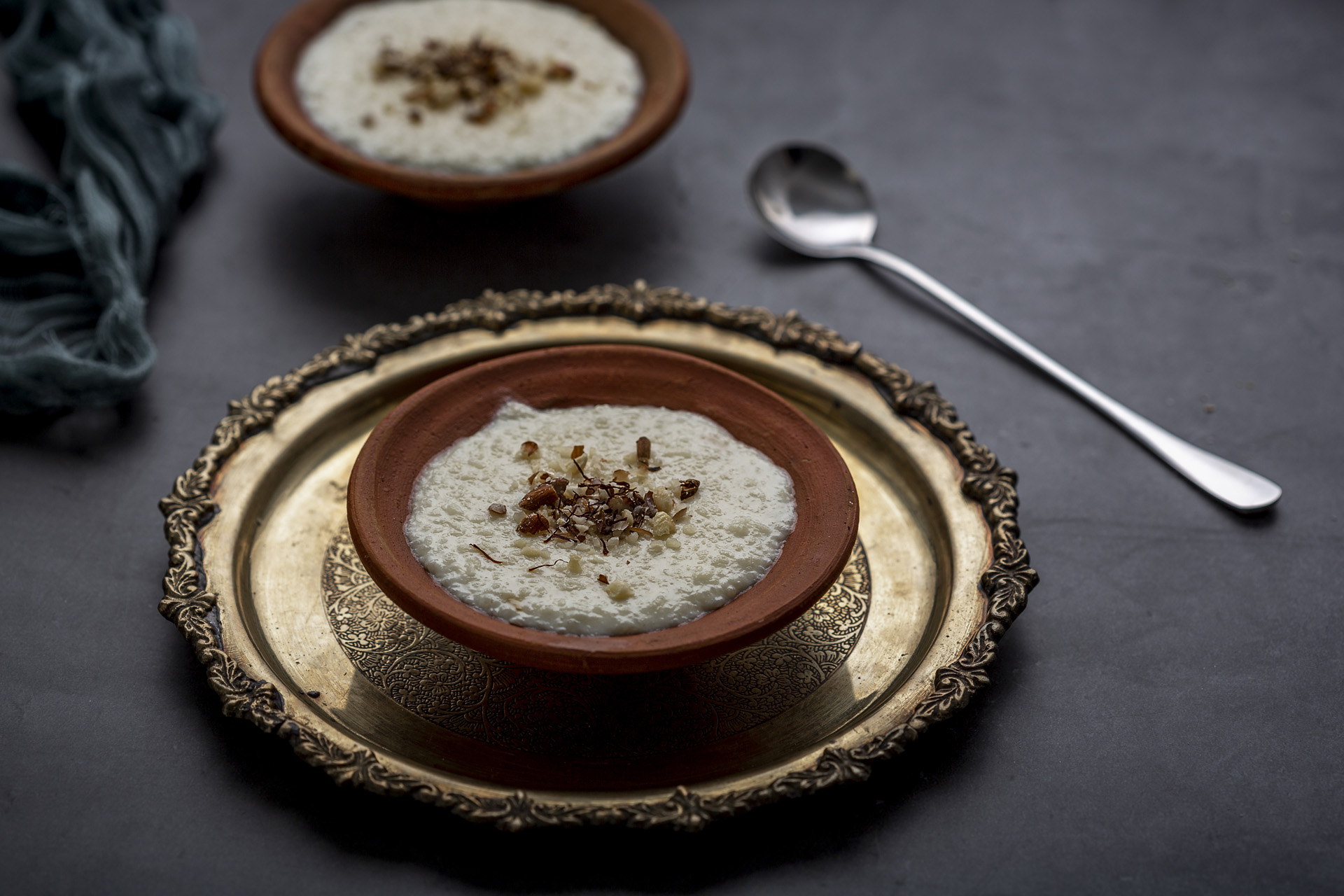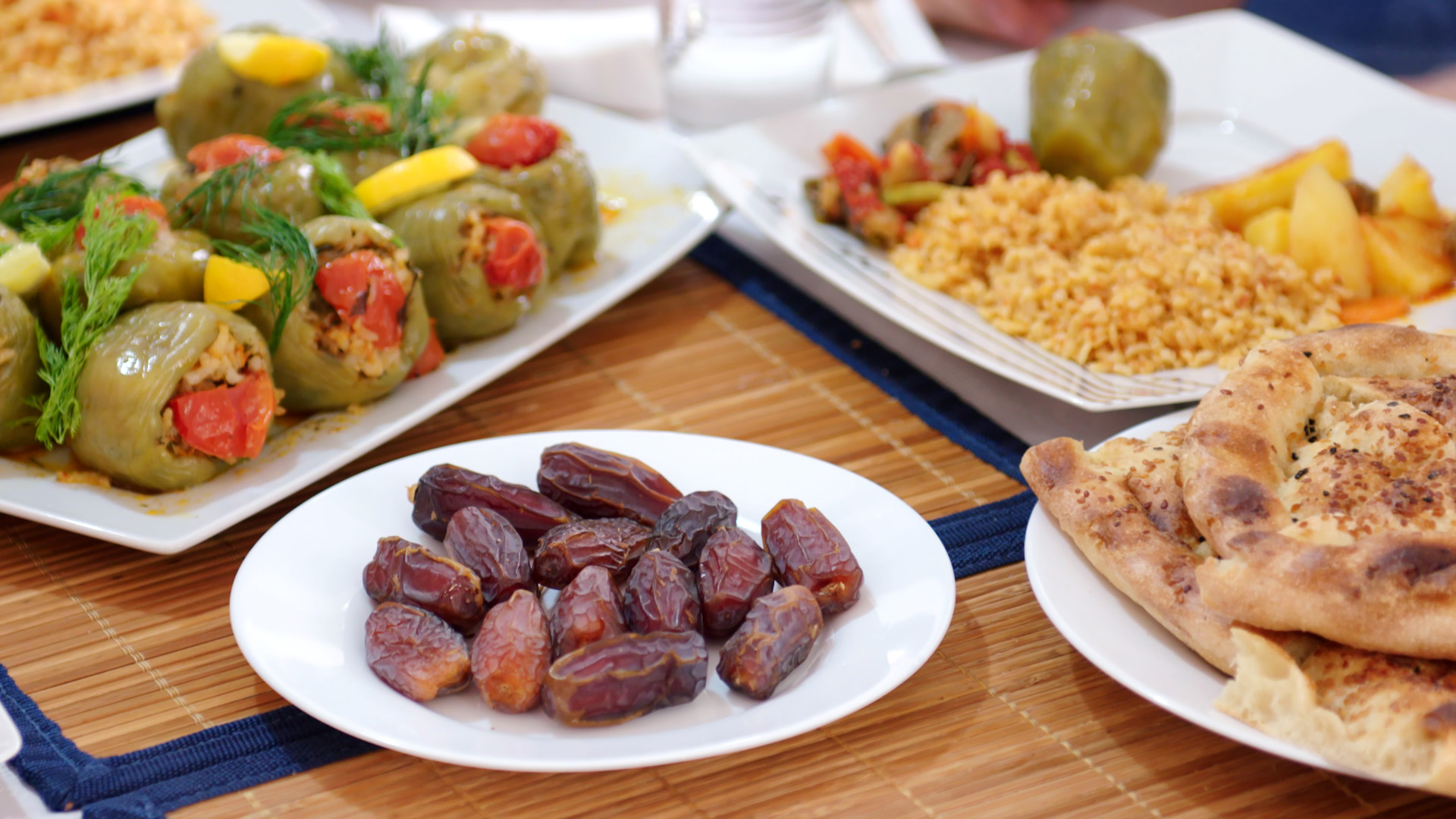I grew up in a household which witnessed the celebration of most Indian festivals. Apart from the elaborate indulgence in Durga Puja, December was about decorating the Christmas tree, keeping socks under our pillows and of course buying the customary plum cake from Flurys. But that was not all. The holy month of Ramzan titillated our palettes with fancy spreads at Iftaar parties; especially during Bakhri Eid, a dear friend of my father’s would send home, every year, almost like a ritual, a generous portion of mutton later cooked into delicious kosha maangsho by my mother. Indeed, I have some mouth-watering memories of my childhood in Kolkata which is why a recent Facebook Post took me quite by surprise.
Have you been to an iftaar before? I was curious but kept browsing through my newsfeed, wondering of course, who wouldn’t know about Iftaar or been to an Iftaar party! But ask Nazia Erum, entrepreneur, TedX speaker and author, you would surely hear another story. Nazia, during the course of research for her book, Mothering a Muslim, realized how little Indians knew about Muslims and their customs. So she decided to write a Facebook post on iftaar, bordering on an open invitation to an iftaar party, thinking to herself that one of the best vehicles of learning about other cultures is through food. She was overwhelmed by the response. Soon Nazia was loaded with more than 30 responses which made her rethink of the venue. Her apartment wasn’t big enough to accommodate so many iftaar enthusiasts. What followed was a remarkable stream of networking and community work. Connecting with fellow Muslims on Facebook, Nazia was not alone anymore. There were so many like her, willing to host and contribute to the party. And it was no ordinary group either. From a pilot to a biker, a blogger to a lawyer, journalists, home-chefs, television producer, it was an eclectic blend of women who redefined the way mainstream India is prone to think of Muslim women.
The guest list was rounded off at 50. The group which was now active and coordinating on whatsapp, decided on a menu which had both vegetarian and non-vegetarian food. Finally the day dawned, Sunday, the 3rd of June. And the guests arrived at the residence of Hana Mohsin Khan, a pilot by profession. Each volunteer made a dish, thereby adding a homely warmth to a royal menu. Khajoor, pakode, dahi bhalla, samose, choley, fruit-chaat, mocktail, followed by the main course of kebabs, shahi-matter paneer, veg and chicken biryani made by the biryani queen herself, Shahla. Not to mention, phirni and Gunjan’s caramel-custard to die for!
Beneath the menu and the chitter-chatter, lay a sense of togetherness and human bonding which transcended all religious barriers. None of the guests knew each other and most came from different religious backgrounds with different food choices as well. After the initial hesitation, the party took off as if these people knew each other for long. It was not just any other iftaar party but one where as Nazia puts it, “we broke breads and myths.” Myths about Muslims, particularly Muslim women, their culture, their homes, their kitchens, their lives.
As a concept, Iftaar stands for that meal which is eaten and shared with friends and family around sunset, to break the day’s fast during the month of Ramzan. It is that meal which brings people closer in compassionate bonding with one another and this interfaith iftaar went one step further by moving beyond the narrow confines of religion and cultural appropriation. Such was the camaraderie cultivated that the members of the group have become friends, planning to host another party soon. And what’s more, this concept is now travelling across cities with interfaith iftaar parties being organized in Mumbai, Pune, Hyderabad, Bhopal and Guwahati. What began as a Facebook post has blossomed into a community program representing the true secular fabric of India. And what better way to celebrate this friendship than sweetening your taste buds with some Phirni. Known to have originated in the kitchens of the Mughals, (according to popular history), the phirni has today become an integral part of India’s culinaryscape. So here goes the recipe:
Ingredients
- ¼ cup basmati rice (soaked in water for 30 mins)
- 1 litre of full cream milk
- ¾ cup sugar
- 1-2 strands of saffron
- ½ tsp of green cardamom powder
- 15 almonds and pistachios (together) preferably blanched, peeled and cut into thin slices
Strain the water from the rice and grind it with some milk and water into a course paste. In a heavy bottomed vessel, bring the milk to a boil. Add the rice paste and keep on stirring. This is the laborious part. Keep stirring till the milk achieves a thick consistency, making sure it does not stick to the bottom of the pan. Add the saffron, followed by the sugar. Continue stirring till the sugar dissolves and the consistency becomes quite thick. Add the cardamom powder and garnish it with the almonds and pistachios. Serve cold.

Wait no further. Dig into this sweet delight and don’t forget to spread the sweet cheer all around you. Ramadan Mubarak!
This article was first published in ourfrontcover.com

